|
[5 min read, open as pdf]
[5 min read, as pdf]
[5 min read, open as pdf]
[5 min, open as pdf]
In our upcoming quarterly investment outlook, we update our key themes for 2024. Please join Hoshang Daroga (Elston Consulting) and Natasha Sarkaria (BlackRock) for this webinar.
Our key themes are: 1. Growth: Steady as she slows 2. Rates: Perfecting the pivot 3. Inflation: Ensuring portfolio resilience Our full Quarterly Investment Outlook is available to our clients. Watch the Webinar Central Banks' policy rates are expected to pivot towards cuts in 2024 with a material impact on asset class perspectives.
Read the full article in FT Adviser
[3 min read, open as pdf]
[3 min read, open as pdf]
[1 min read, open as pdf]
[3 min read, open as pdf]
[5 min read, open as pdf]
[3 min read - open as pdf]
[5 min read, open as pdf]
[5 min read, open as pdf]
[5 min read, open as pdf]
[5 min read, open as pdf]
[5 min, open as pdf]
NMA speaks to investment consultant Henry Cobbe about positioning equities for higher inflation using sector and factor equity investing.
Listen to the podcast |
ELSTON RESEARCHinsights inform solutions Categories
All
Archives
July 2024
|
Company |
Solutions |
|






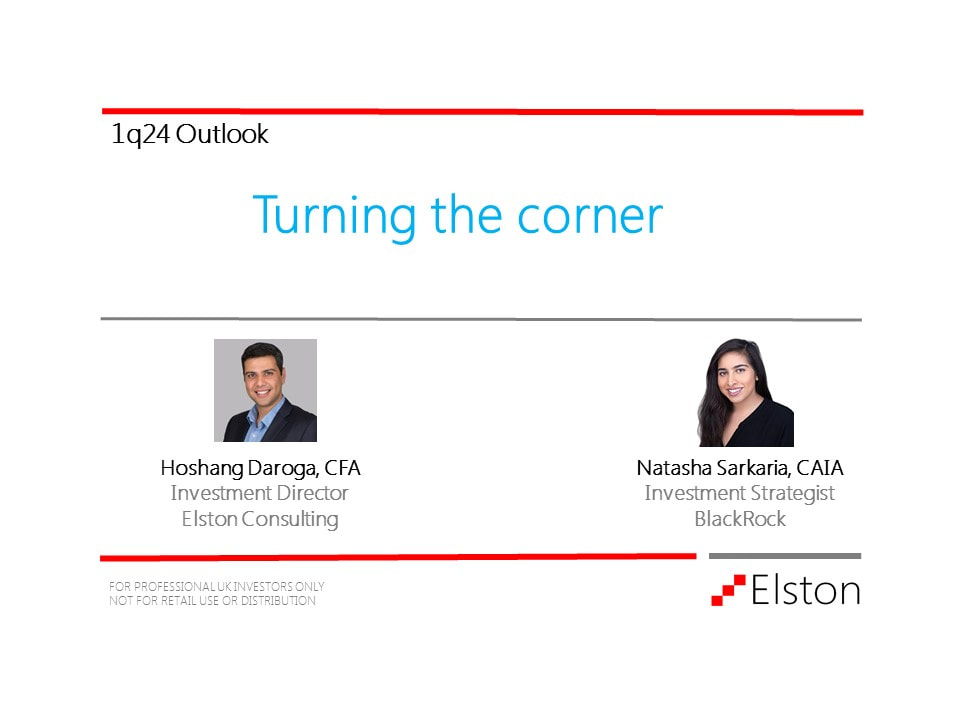





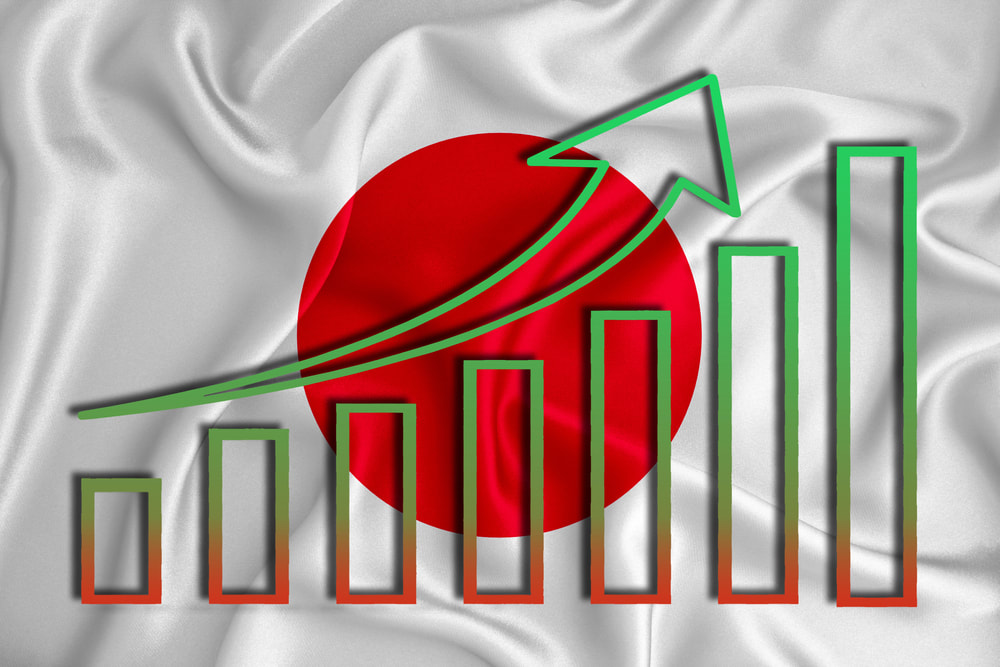


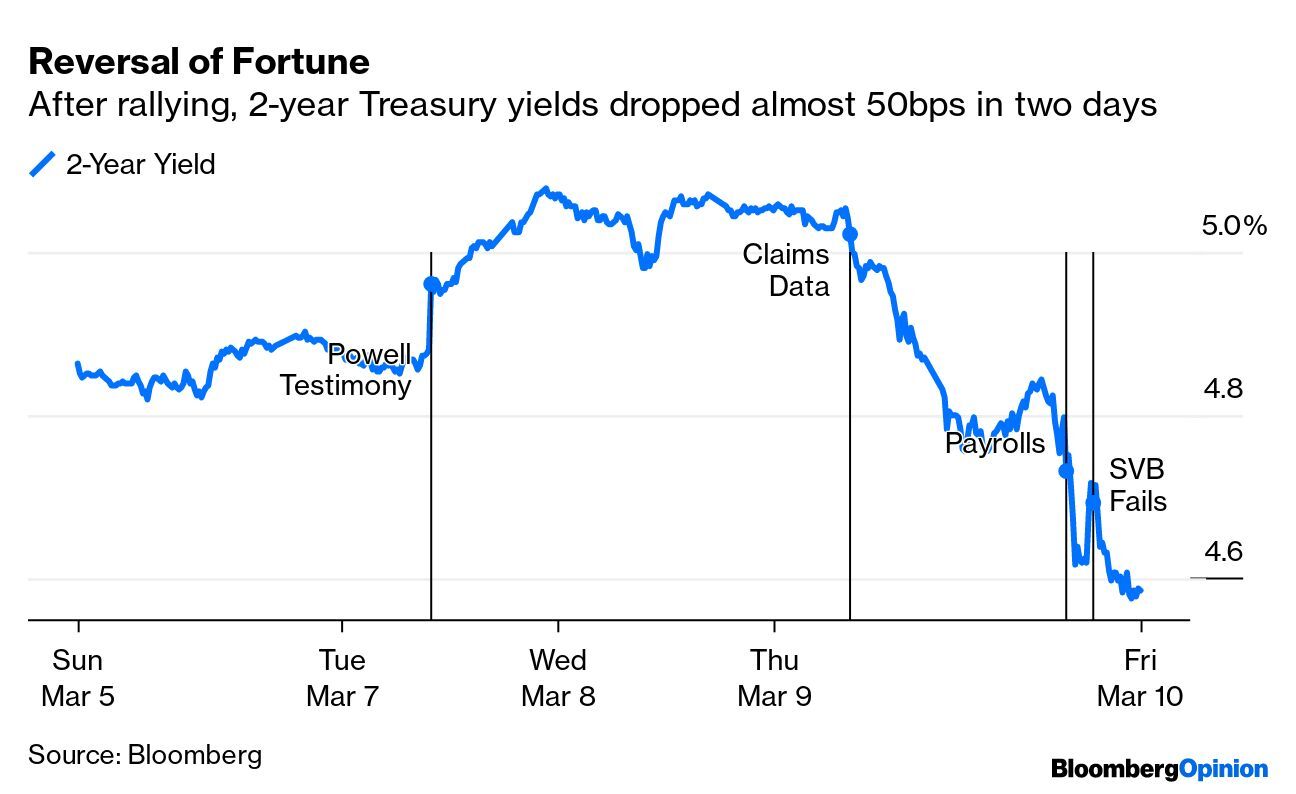
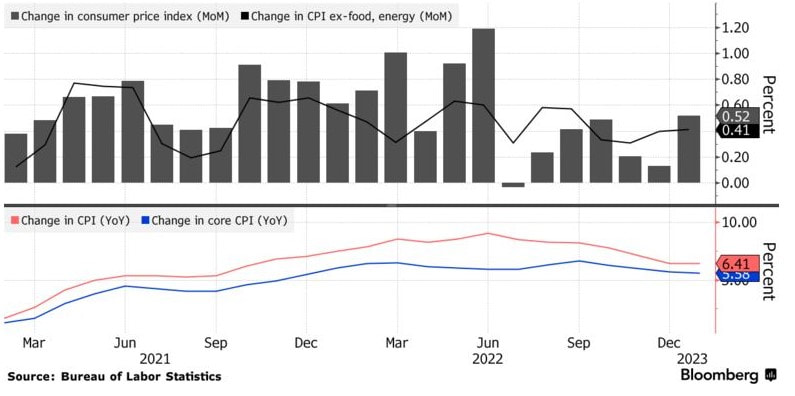
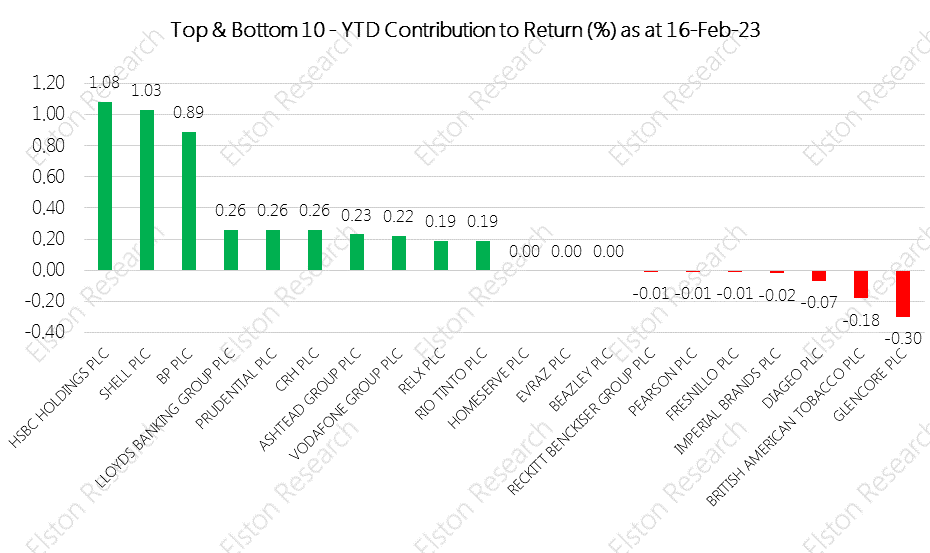



 RSS Feed
RSS Feed